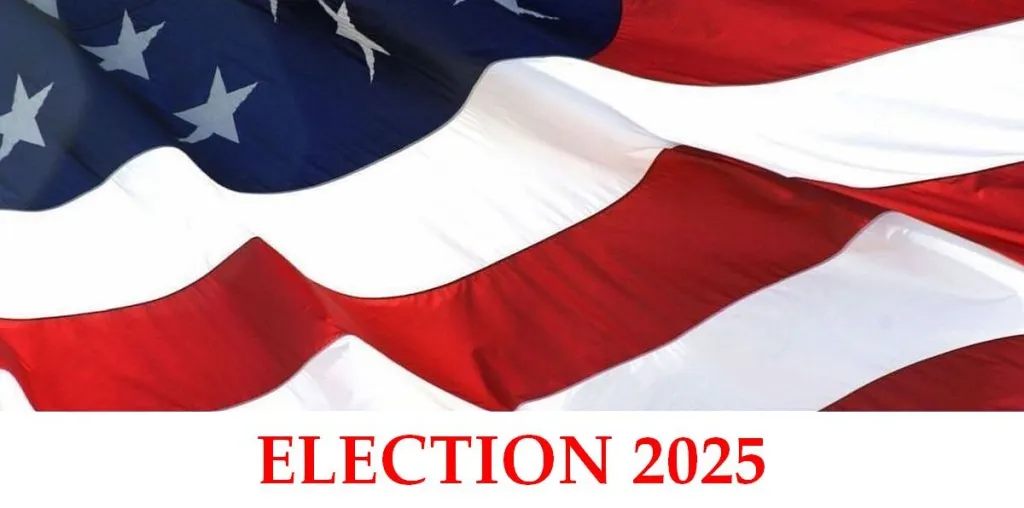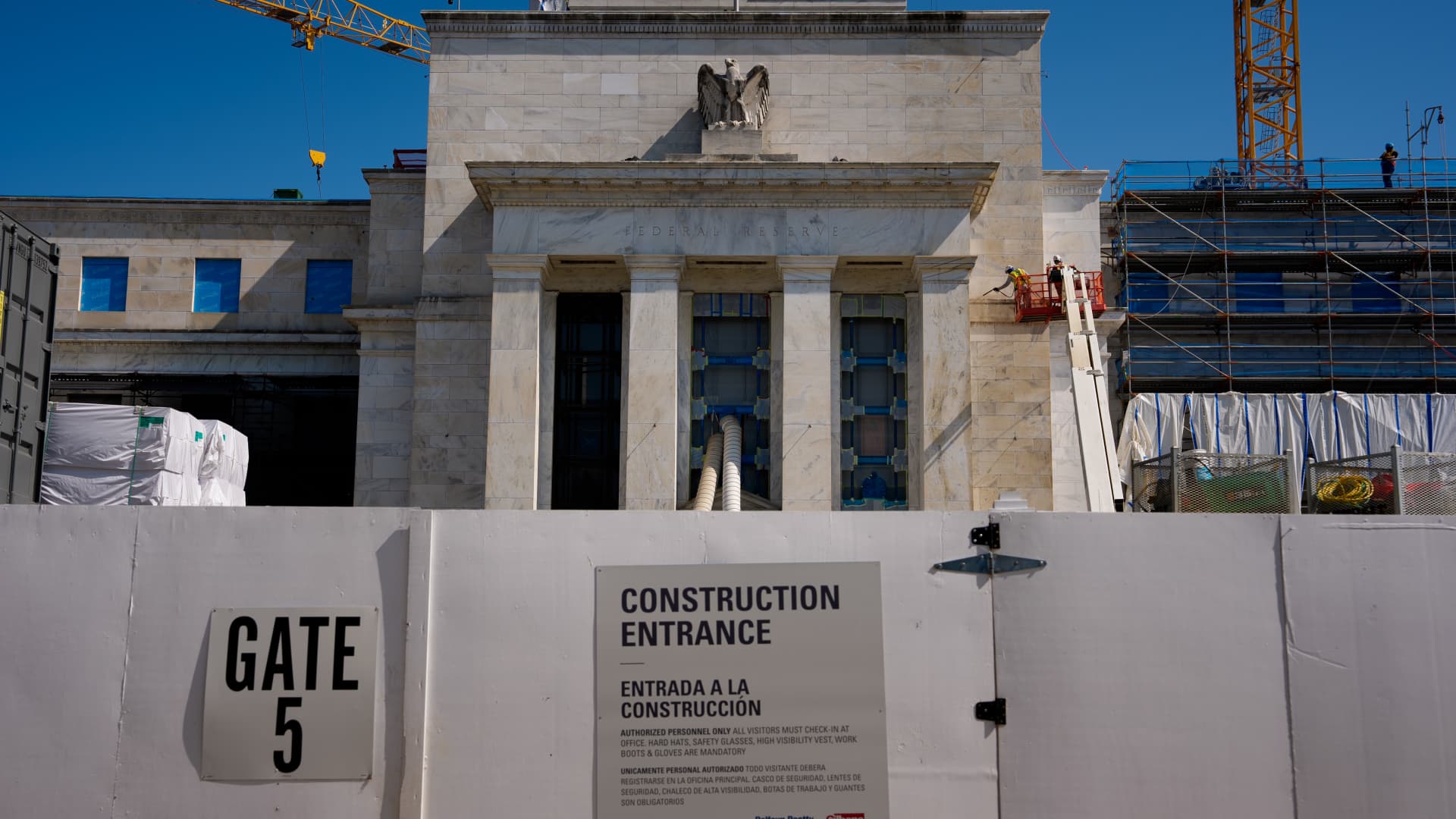Copyright newsweek

President Donald Trump has declared nine new national emergencies since taking office in January 2025, using his executive authority to fast-track policies on energy, trade, immigration, drug enforcement and foreign relations. Combined with two emergency declarations still in effect from his first term, Trump is now responsible for 11 of the 48 national emergencies currently active in the United States. These declarations are part of a broader expansion of executive power under the National Emergencies Act (NEA), which allows presidents to unlock special powers in response to what they deem “unusual and extraordinary threats.” Since the law’s enactment in 1976, some 90 national emergencies have been declared — more than half of which are still in effect. Trump’s 2025 Emergency Orders Trump began declaring national emergencies immediately after returning to office. On his first day, he brought back the 2019 border emergency that President Biden had ended. That same day, he declared a new emergency over energy, saying the U.S. grid and supply chain were too weak and needed immediate action. He also labeled Mexican drug cartels as foreign terrorist organizations using his emergency powers. In the following weeks, Trump used those same powers to impose tariffs on China, Mexico, and Canada, accusing those countries of failing to stop fentanyl and illegal immigration. He then declared an additional emergency at the northern border, focused on drug trafficking from Canada. Other emergency orders included one targeting cybersecurity threats to U.S. infrastructure, one authorizing sanctions against the International Criminal Court, and another enabling reciprocal tariffs on trade partners with large surpluses over the U.S. In late July, he signed an order declaring Brazil a national security threat, allowing sanctions against its government. All of these orders gave federal agencies more power to act without Congress — including access to emergency funds, waivers for environmental laws and expanded law enforcement tools. U.S. President Donald Trump holds signs an executive order in the Oval Office of the White House on September 25, 2025 in Washington, DC. Trump signed proclamations and an executive order, including approving a partial sale of TikTok’s U.S. operations, following a 2024 law requiring parent company ByteDance to divest or face a ban. (Photo by Andrew Harnik/Getty Images) Trump-Era Emergencies Still Active From His First Term In addition to the above, a pair of national emergencies from Trump’s first term remain active. One is a 2017 order targeting global corruption and human rights abuses. It launched the Global Magnitsky sanctions program, allowing the U.S. to freeze assets and ban visas for foreign individuals. The other is a 2018 order focused on foreign election interference. It gives the U.S. power to investigate and punish attempts to disrupt elections through hacking, propaganda, or other methods. Both have been renewed each year, including during President Joe Biden’s term, and are still used by U.S. agencies. Older Emergencies That Are Still on the Books Some national emergencies still in effect were declared long before Trump entered politics — or, in some cases, before many Americans were born. The oldest still-active emergency was declared in 1979 by President Jimmy Carter. It froze Iranian government assets in the United States following the seizure of the U.S. embassy in Tehran. The order has been renewed every year since, despite major shifts in U.S.-Iran relations. A 1995 emergency declared by President Bill Clinton targeting Colombian drug traffickers also remains in effect. Known as the “narcotraffickers emergency,” it allows the Treasury Department to block assets of individuals involved in drug cartels linked to major trafficking networks. Another long-standing emergency, signed by President George W. Bush in 2001, continues to grant broad counterterrorism powers in response to the September 11 attacks. Though several of the related powers have been scaled back or replaced with new legislation, the emergency status remains in place and is still renewed each year. Flowers are left at the September 11 Memorial and Museum, which is located on the land where the Twin Towers once stood before they were destroyed in the attacks on September 11, 2001 in New York City. Full List of National Emergencies Declared by Trump From 2025 Term: Proclamation 10886 – National Emergency at the Southern Border (Jan. 20, 2025) Executive Order 14156 – National Energy Emergency (Jan. 20, 2025) Executive Order 14157 – Designating Cartels as Foreign Terrorist Organizations (Jan. 20, 2025) Executive Order 14193 – Illicit Drug Emergency at the Northern Border (Feb. 1, 2025) Three Executive Orders – Tariff Emergencies on Mexico, Canada, and China (Feb. 2025) Executive Order 14144 – Cybersecurity Innovation Emergency (Jan. 1...



